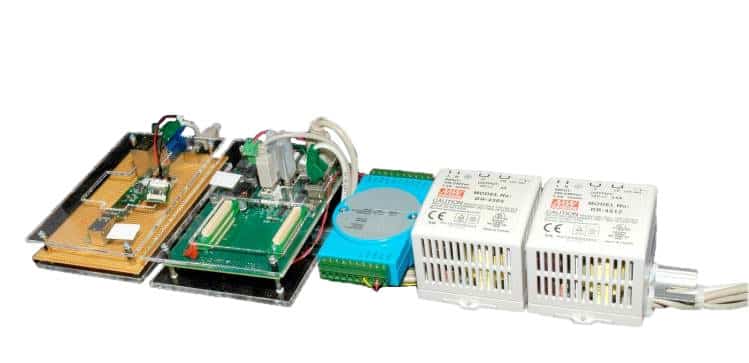Production is outsourced but control stays in-house. Test systems developed by Hectronic are placed in the line of production and test functions, save test reports and configure computer boards and systems.
Remote access enables random sampling and updates at any time.
– I can do more or less anything from our office except of course connect things, says Lars Hägglund, one of the Development Engineers behind the test systems on all the locations where products developed by Hectronic are in production.
To fully understand the context we need to return for a moment from production to the development phase. The initial activity, among many, is verification to assure that products delivered are to the satisfaction of the customer.
– Functional testing and verification are two separate activities. Sometimes I suspect the understanding of the two and the relation between them are unclear to people, says Lars Hägglund.
Extensive testing and trials are performed on the first prototypes. Placements and soldering of components are checked and voltages are measured to make sure that limits aren’t exceeded.
– The next activity is to run the operating system to verify all the interfaces.
The prototype computer board or system is connected to the environment where it is supposed to work and is checked again. A successful verification indicates that the prototype is produced in accordance with the specification and works as intended in the application. |



